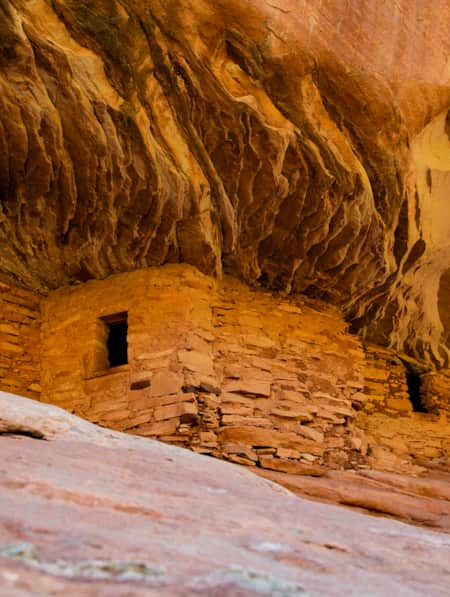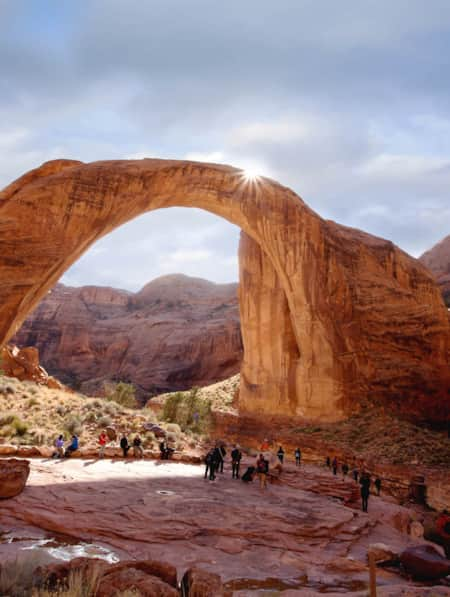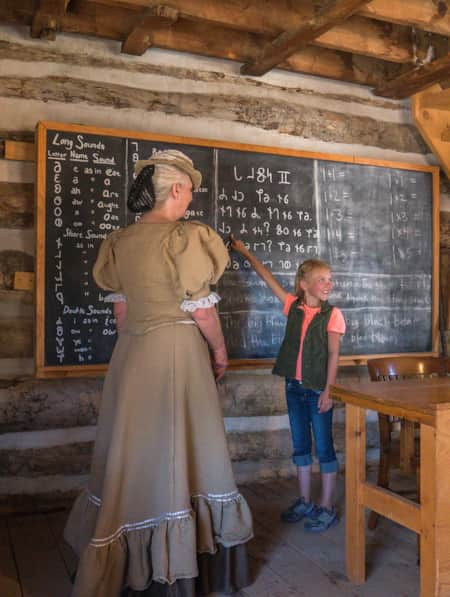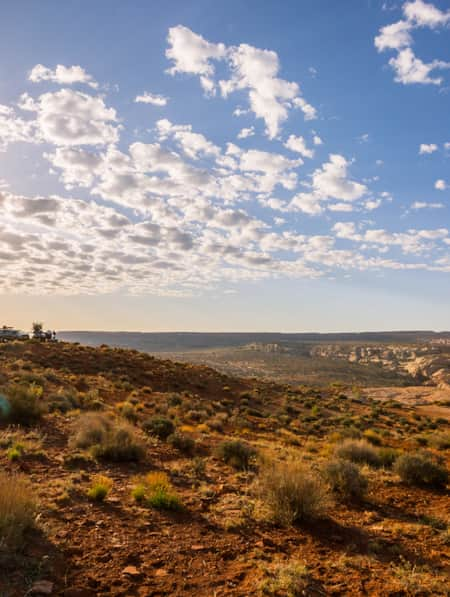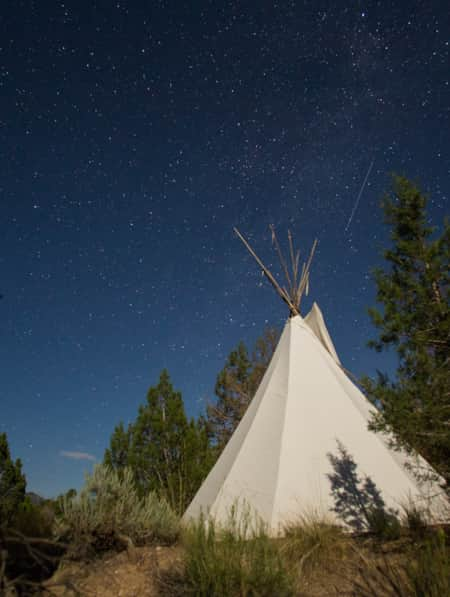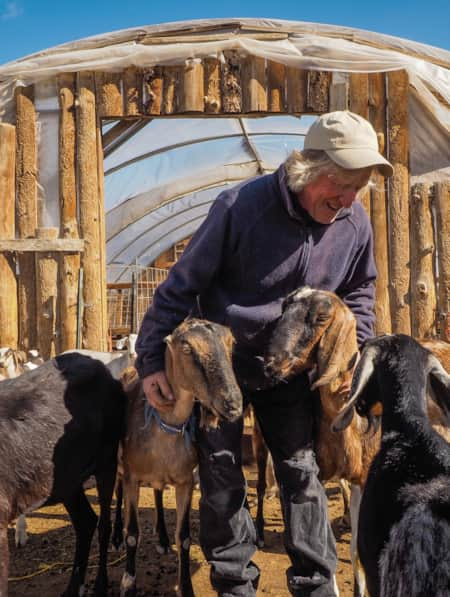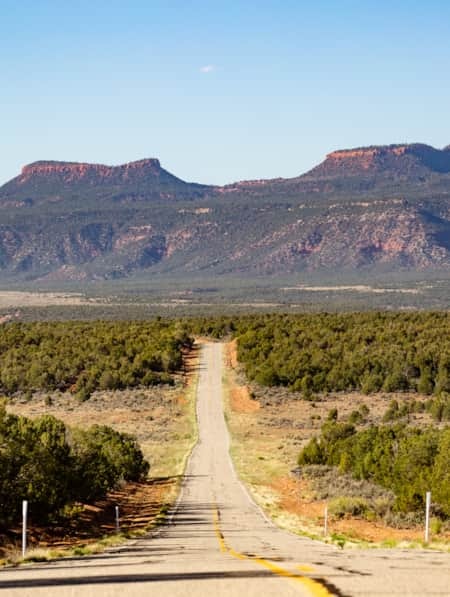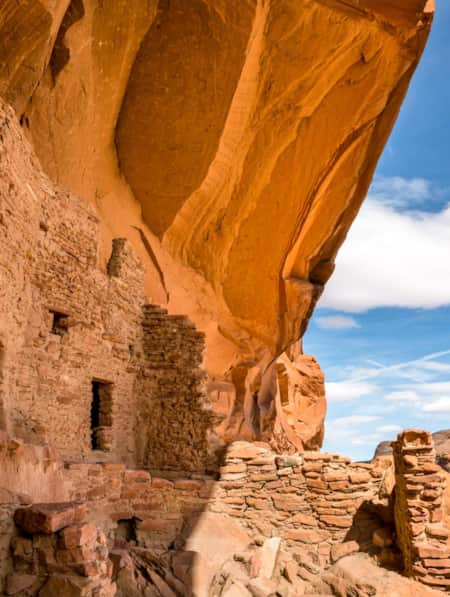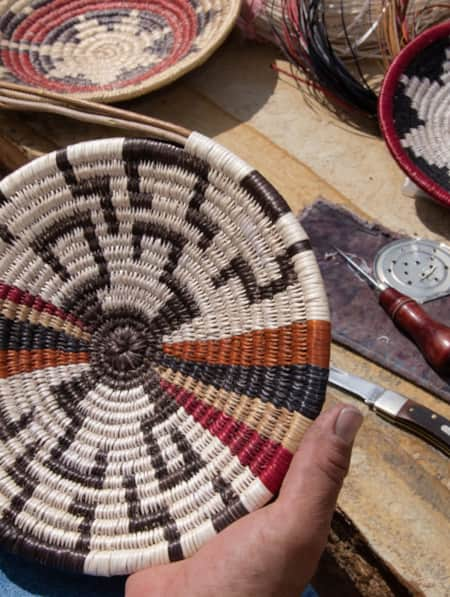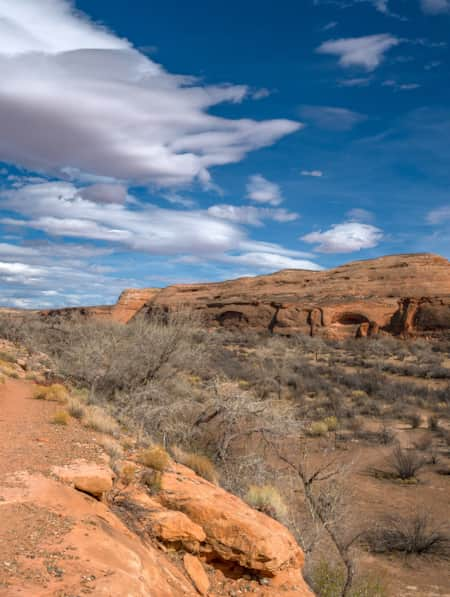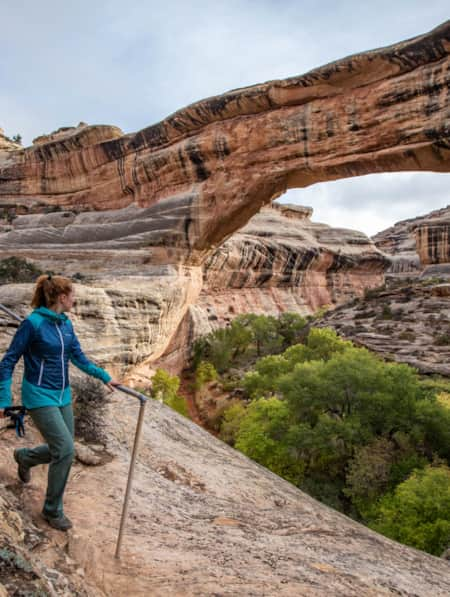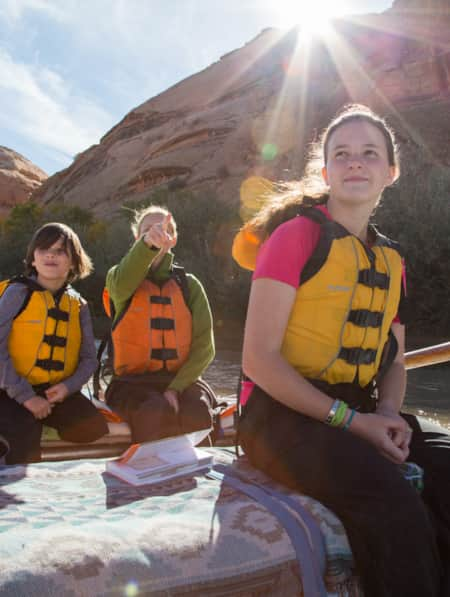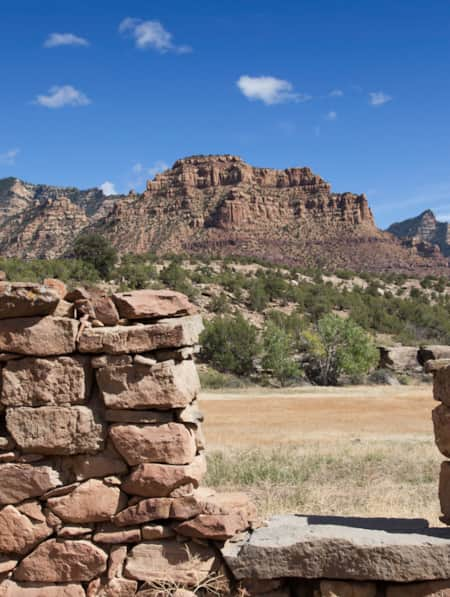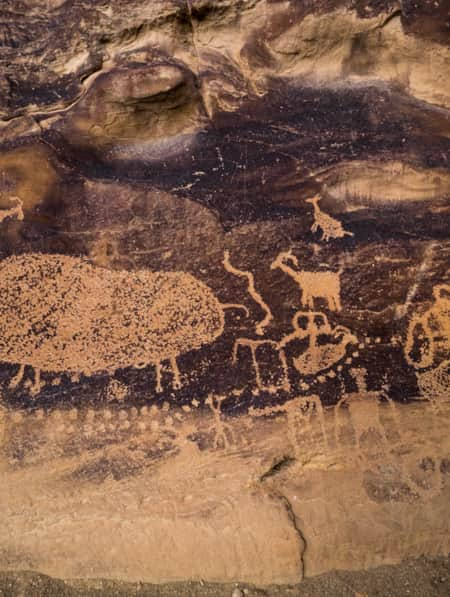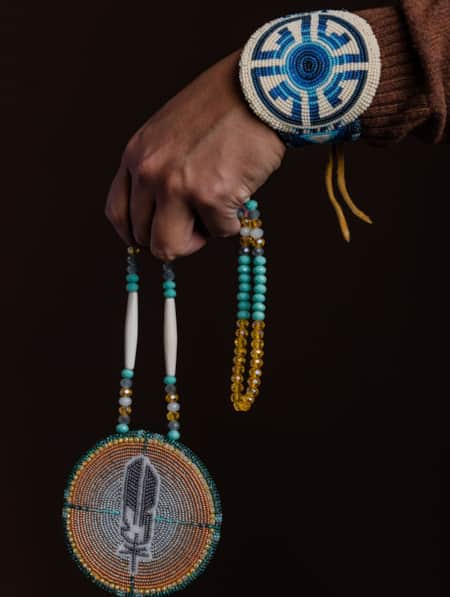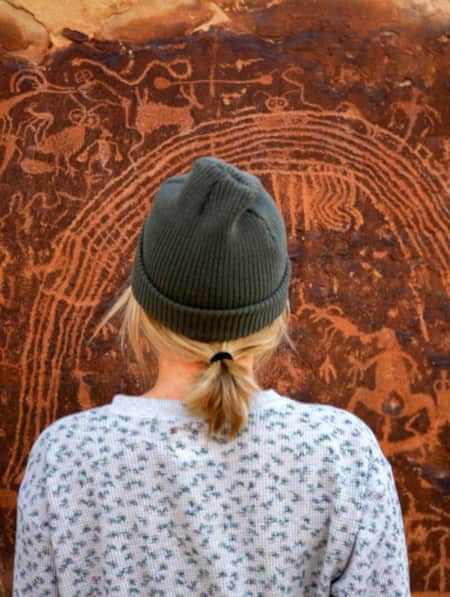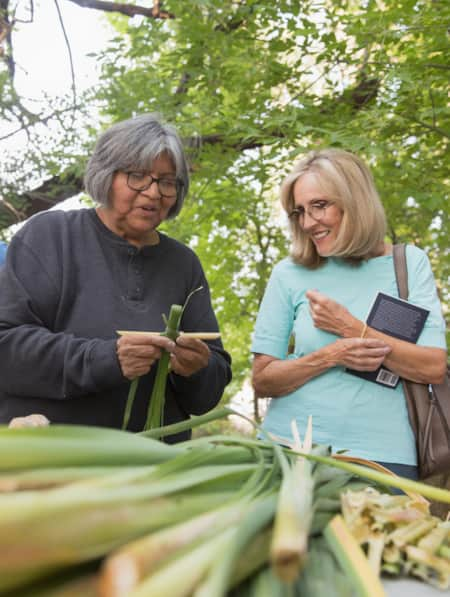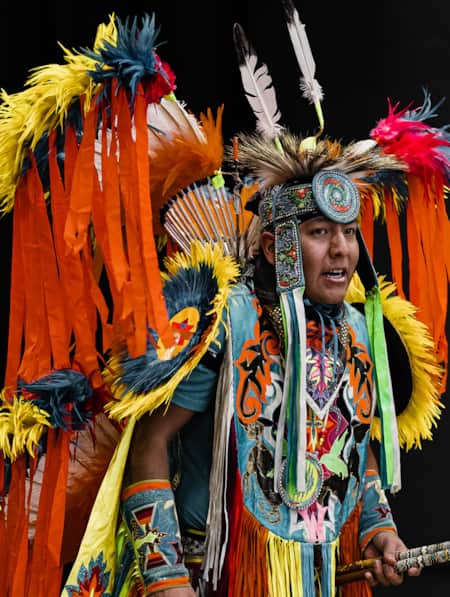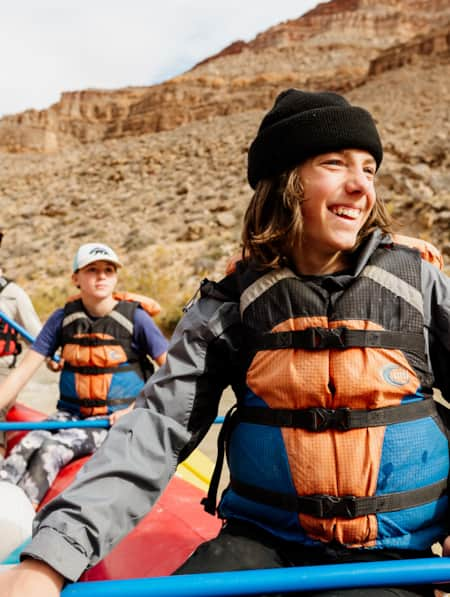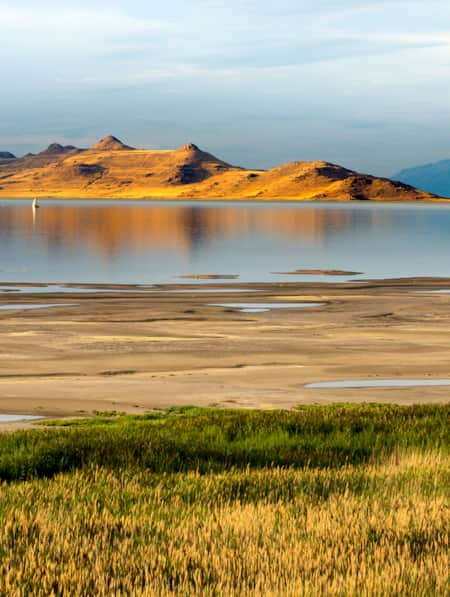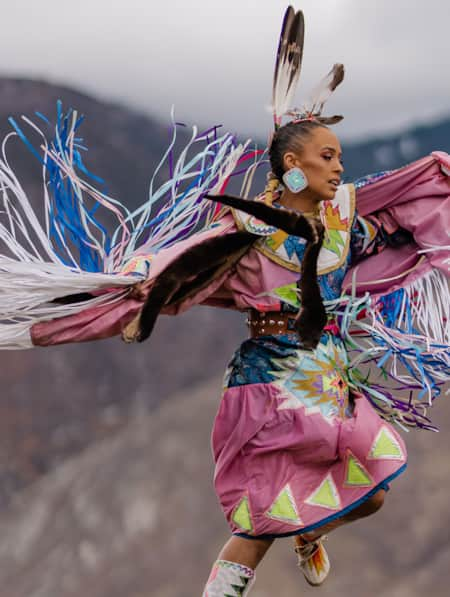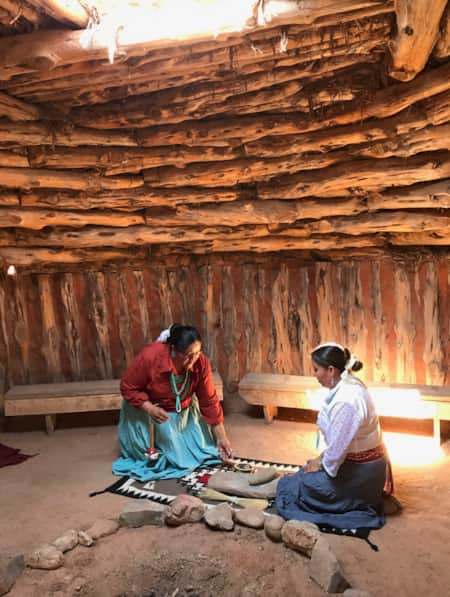Hike Among Traces of the Ancients at the Mysterious Parowan Gap
The walls of the Parowan Gap are steep jumbles of weathered and fractured Navajo sandstone. There are an impressive number of panels covered in petroglyphs. Some people believe that the Gap was considered a special place at certain times.
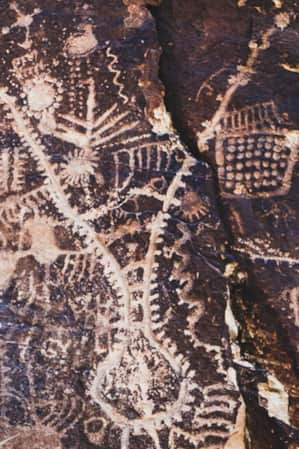
Just north of Cedar City, Utah, on the edge of the Great Basin is a piece of rising desert prairie. At the center of this red uplift, water from an ancient stream cut a narrow path through the sandstone. Eventually the stream vanished and the wind picked up where the water left off, whittling it wider and wider. This passage eventually became a path that was frequently traveled by the ancient Fremont Cultures and the ancestors of the Southern Paiute and Hopi People. During their journeys some stopped and spent time pecking and chiseling images into the rock. This place has a name. It’s called the Parowan Gap.
What Makes It Great
The Parowan Gap is a short drive from Cedar City The narrow, 500-foot deep pass through the Red Hills is only wide enough for a two-lane highway. Coming from Parowan and Interstate-15 you quickly spot the cut along the horizon. The Bureau of Land Management (BLM) has built a nice parking area and there is a sidewalk with interpretive signs to lead you along the Gap’s north side. An iron railing has been installed to prevent you from touching the rock.
In addition to the petroglyphs, you can find dinosaur tracks if you head one mile east from the Gap. Located at the base of a towering cliff of conglomerate rock is a maze of boulders. A small collection of footprints can be found on these. Stop by on your way to or from the petroglyphs. Located close to Interstate 15, the Parowan Gap is a convenient trip for everyone. If you’re into geology, the anticline of the Red Hills and the wind gap are unique. If you dig Native American history the short trip to examine the petroglyphs is totally worth it.
What You’ll Remember
The walls of the Parowan Gap are steep jumbles of weathered and fractured Navajo sandstone. There are an impressive number of panels covered in petroglyphs. Some are recognizable as animals and humans, but mostly they are shapes. Circles, spirals, lines, and dots all collide and overlap giving you the sense that some of the petroglyphs are newer than others. Walking east to west you make your way along the north side then cross the road and head back. The south side has only a few petroglyphs and you can also see where the names and initials of pioneer settlers have been carved.
Arriving early or coming later in the day offers the best viewing of the petroglyphs. Some people believe that the Gap was considered a special place at certain times of the year. Watching the sunset from there is highly recommended.
One of the more impressive panels is the Zipper petroglyph located on the Gap’s northeast side. Recent studies have put forth the idea that it is a map, a calendar of solar alignments, and a system of outer cairns. The Zipper is thought to be an inverted man with an arrow in his skull—you can read more about it and other sign interpretations along the gap.
GPS Coordinates, Parking, and Regulations
GPS Coordinates:
Petroglyphs: N37° 54' 35", W112° 59' 08"
Dinosaur Tracks: N37° 53' 49", W112° 57' 03"
From Cedar City: Go north on Main (or take Interstate 15 Exit 62) to UT 130. Continue north 13.5 miles, then turn east (right) 2.5 miles on a good gravel road to Parowan Gap.
From Parowan: Go north on Main to 400 North. Turn west (left) for 10.5 miles on good gravel road (near Milepost 19).
